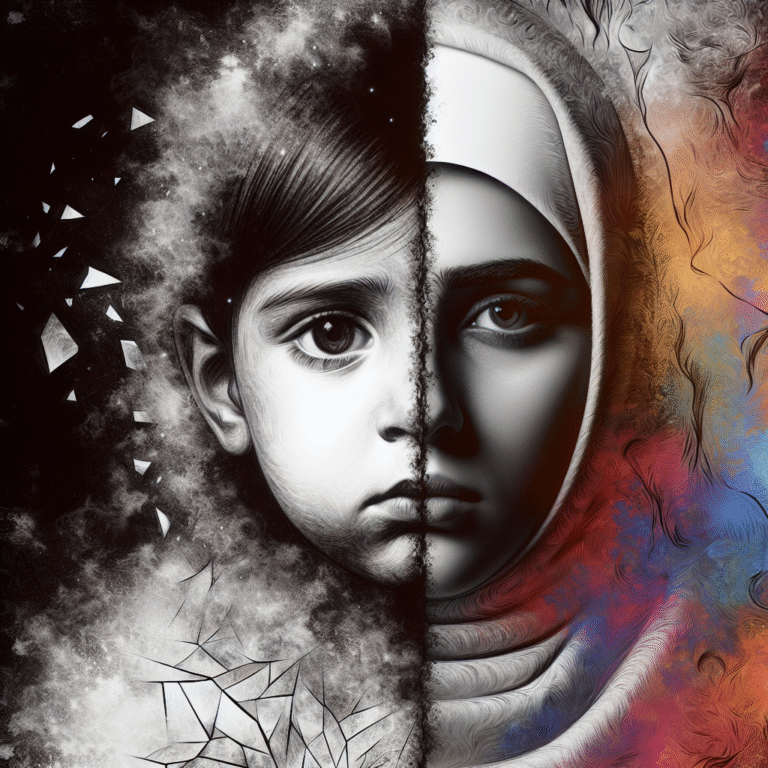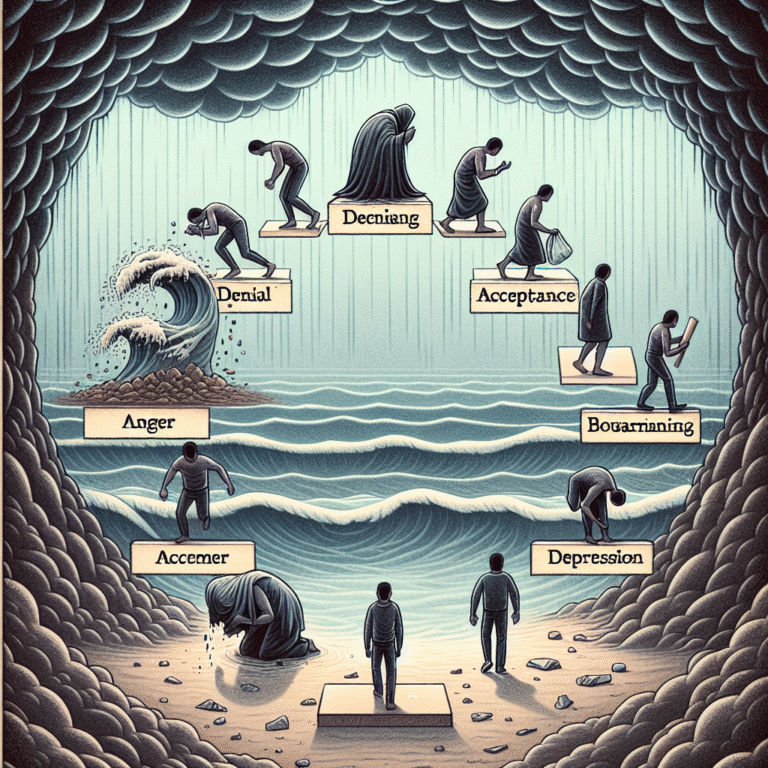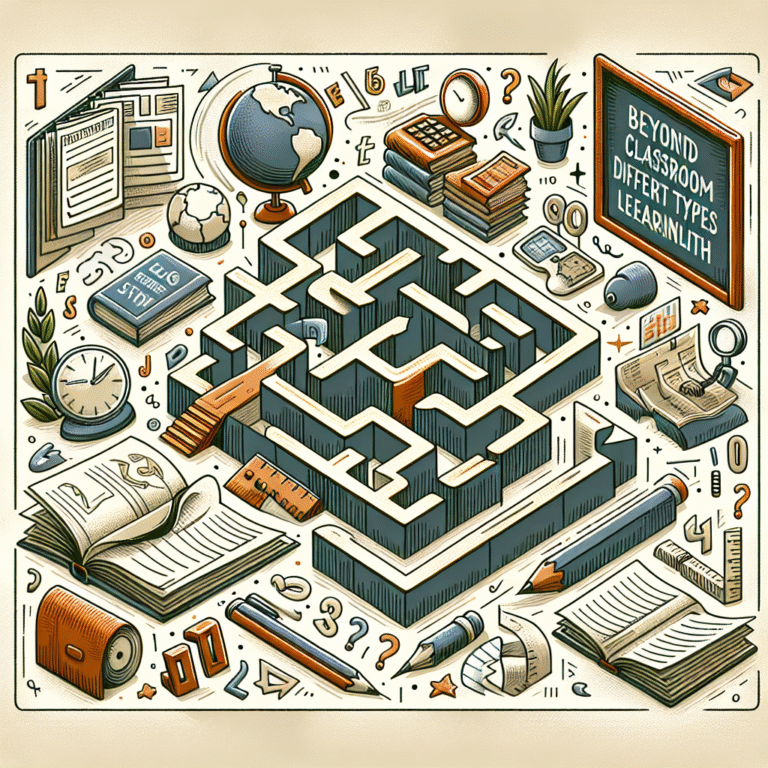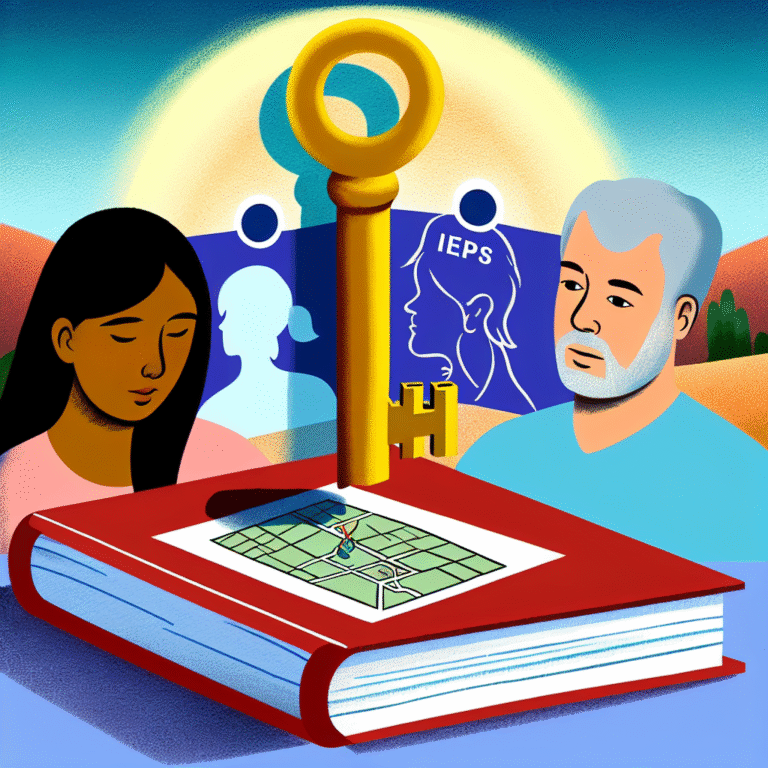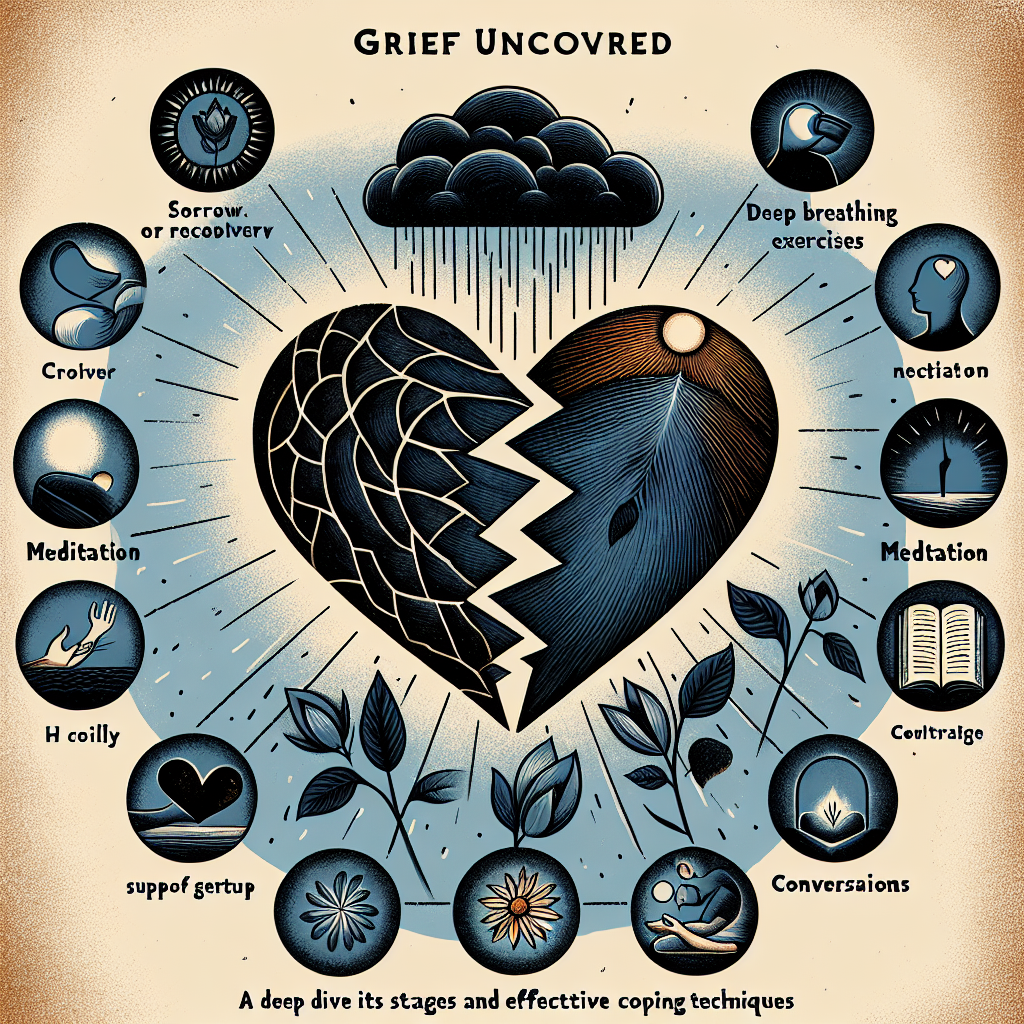
Grief Uncovered: A Deep Dive into Its Stages and Effective Coping Techniques
Introduction
Grief is often described as a universal experience, one that unites humanity in the face of loss. It’s a powerful emotion that transcends age, culture, and background. In our fast-paced world, where the narrative often skims over the depths of emotional experiences, understanding grief becomes crucial. This article, Grief Uncovered: A Deep Dive into Its Stages and Effective Coping Techniques, aims to explore the intricate layers of grief and provide practical strategies for navigating through its complex terrain.
Whether you’re experiencing grief firsthand or supporting someone who is, the insights within this article offer essential guidance and hope. Understanding the stages of grief can illuminate the path ahead and empower us to cope effectively.
The Stages of Grief
In 1969, psychiatrist Elisabeth Kübler-Ross introduced her groundbreaking model identifying five stages of grief: denial, anger, bargaining, depression, and acceptance. These stages serve as a framework to understand the varied emotional responses individuals may experience while grieving. However, it’s important to note that grief is not linear; people often revisit these stages in a non-sequential manner.
1. Denial
Denial acts as a protective shield, allowing individuals to buffer the initial shock of loss. During this phase, emotions are so overwhelming that they can lead one to reject or deny their reality.
Case Study: Laura’s Loss
Laura lost her father unexpectedly. In the first weeks following his death, she found herself rationalizing the situation, thinking, “He’s just on a long trip.” This denial helped Laura avoid confronting the reality of her father’s absence, providing her a temporary refuge while she gradually began to process her grief.
Relevance: This case illustrates the function of denial as a coping mechanism during early grief, allowing individuals the time needed to process their feelings.
2. Anger
As denial fades, the painful reality often emerges, giving way to anger. This anger can manifest towards oneself, others, or even the deceased.
Case Study: James’s Frustration
James lost his partner to cancer after a long battle. Instead of feeling profound sadness, he found himself inexplicably furious—at his partner for getting sick and at the doctors for not doing enough.
Relevance: James’s experience demonstrates how anger can be an outpouring of pent-up frustration from watching a loved one suffer and losing control over a situation.
3. Bargaining
Negotiating with fate often accompanies the anger phase. Individuals may find themselves making deals with a higher power, hoping to reverse the loss or mitigate its impact.
Case Study: Sarah’s Deliberation
After losing her mother, Sarah found herself praying, “If only I could have one more conversation…” She often replayed memories, wishing she could change the past to bring her mother back.
Relevance: This stage is a testament to human desire for control and connection, illustrating how individuals can grapple with feelings of helplessness through hypothetical negotiations.
4. Depression
Eventually, these layers of grief culminate in a period of deep sadness. This stage is characterized by a profound sense of loss and emptiness.
Case Study: Mark’s Silence
Mark’s grief over losing his childhood friend led him into a deep depression. He isolated himself, feeling that no one could possibly understand the depth of his sorrow.
Relevance: Mark’s story highlights how crucial it is to recognize depression as a natural part of grief, underscoring the importance of seeking support during these dark times.
5. Acceptance
Acceptance doesn’t mean that the individual no longer feels sadness; instead, it signifies a readiness to move forward while honoring the loss.
Case Study: Emily’s Journey
After years of mourning her husband, Emily began to accept her new reality. She started volunteering with a bereavement support group, using her experiences to help others.
Relevance: Emily’s journey encapsulates the transformation that can occur in acceptance, showcasing how grief can facilitate personal growth and connection with others.
Effective Coping Techniques
Recognizing the stages of grief is only one part of the equation; knowing how to cope effectively is equally essential. In this section, we will cover techniques that can facilitate healing.
1. Allow Yourself to Grieve
Give yourself permission to feel. Grief can be overwhelming, but acknowledging your emotions is the first step to healing.
2. Seek Support
Connect with friends, family, or support groups. Sharing your feelings can offer comfort and reduce feelings of isolation. It can be helpful to talk about your loss with those who understand.
3. Establish Routines
Creating a daily routine can provide a sense of normalcy amidst chaos. Simple actions can anchor you and help regain a sense of control.
4. Practice Mindfulness and Meditation
Mindfulness can help ground you in the present moment, reducing anxiety and improving emotional clarity. Simple breathing exercises or meditation can be effective.
5. Express Yourself Creatively
Journaling, painting, or engaging in other forms of artistic expression can serve as therapeutic outlets for your emotions.
6. Exercise
Physical activity is a well-documented stress reliever. Whether it’s walking, yoga, or sports, moving your body can significantly alleviate feelings of sadness and fatigue.
7. Professional Help
If feelings of grief become overwhelming, seeking help from a mental health professional can be a valuable step. Therapy can provide tailored coping strategies and an understanding ear.
Conclusion
Grief Uncovered: A Deep Dive into Its Stages and Effective Coping Techniques has emphasized that grief is a complex, deeply personal journey. By exploring its stages, we gain insight into how grief manifests, revealing the intricate emotional landscape we traverse in times of loss.
The coping techniques discussed provide practical tools, empowering us to navigate grief with grace and humility. Remember that healing takes time, and it’s okay to seek help along the way. Embracing our grief can lead to profound transformation and connection with others.
FAQs
1. How long does grief last?
Grief is a highly individual experience, and its duration can vary widely. Some may experience intense feelings for a few months, while for others, it can take years. It’s essential to honor your timeline.
2. Is it normal to feel guilty while grieving?
Yes, feelings of guilt are often part of the grieving process. You might feel guilt over unspoken words or the need to move on. Acknowledging these feelings is crucial for healing.
3. How can I support someone who is grieving?
Be present and listen without trying to fix their feelings. Offer practical help, like cooking meals or running errands, and respect their unique grieving process.
4. When should I seek professional help for grief?
If feelings of grief interfere significantly with your daily life, persist for an extended period, or lead to feelings of depression or anxiety, it may be time to seek professional guidance.
5. Can grief lead to physical health issues?
Yes, grief can manifest in physical symptoms, such as fatigue, insomnia, or changes in appetite. Prioritizing your emotional and physical health during this time is crucial.
In closing, grief is undoubtedly a profound emotional journey, one that many of us will endure. By uncovering its stages and embracing effective coping techniques, we can not only navigate through our experiences but emerge stronger and more resilient.



